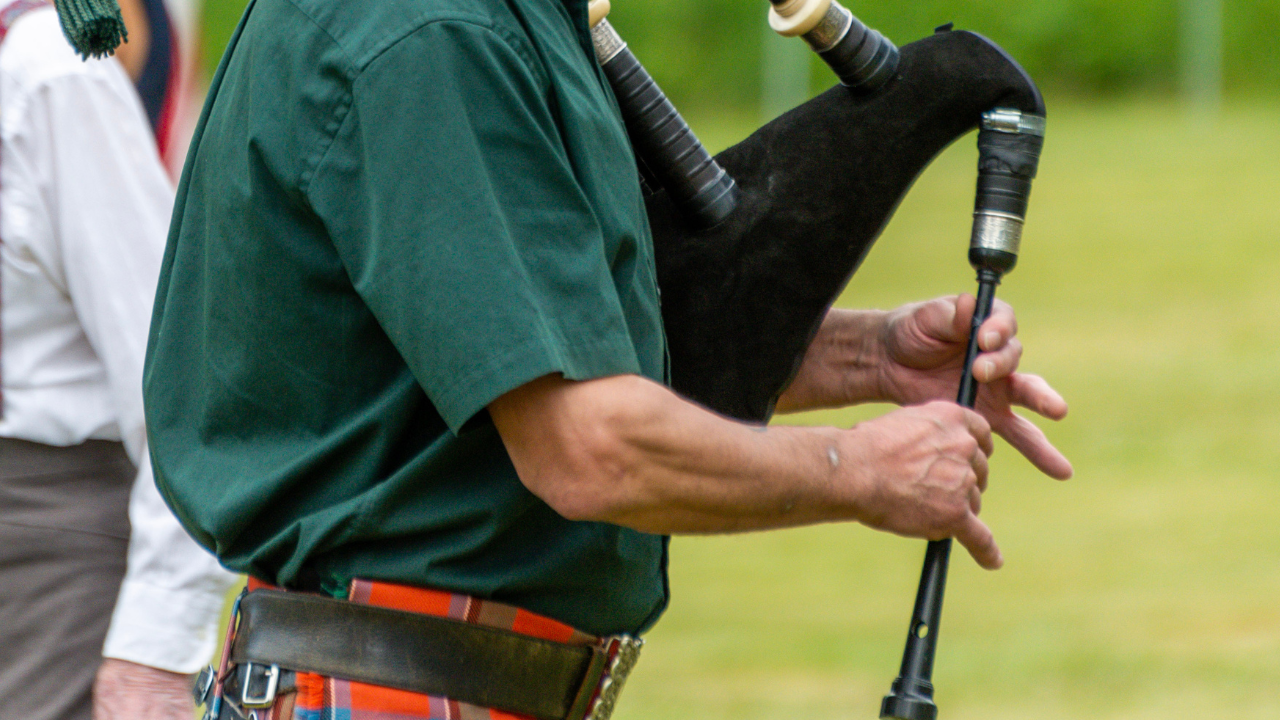Whether you're walking the boards as a soloist or marching into the circle with your bandmates, if you've ever competed you'll know the feeling of bat...
Andrew Douglas is a prolific practitioner of the bagpipe, active at the highest level of pipe bands, solo competition, teaching, and creative endeavor...
Before we start - I just want to thank my diligent co-author Dr. John Holcombe for helping me assemble this article!
This article was formed based on...
Ever met someone who can tell a fantastic story?
While anyone could recount the same facts and events so you knew what happened, the flair a great st...
Why do pipers at all levels obsess over embellishments and deep-and-meaningful expression, when they can’t play to the beat or without crossing noises...
If you’ve been playing your bagpipe chanter for any length of time, you’ll undoubtedly already have noticed there are a range of possible pressures yo...
One of the first things you ever hear about when transitioning to the bagpipes is how we need to blow ‘steadily’ in order to produce a good sound. So,...
In the last of the “4 Questions” of bagpipe maintenance, we will be focused on maximizing the efficiency of our drone reeds. Think for a moment – what...
The first question of bagpipe maintenance is: “Is my bag airtight?”
This is a question you should quite literally ask yourself as you pick your pipes...
The vast majority of bagpipers are plagued by hopelessly hard-to-play instruments, destroying any chance of comfortably and confidently playing anythi...
OK, are you ready for the #1, top secret, most amazing reed manipulation trick in the world?
This trick will make you sound incredible 100% of the ti...
Hemp – the cord we use on bagpipe joints to keep them nice and airtight – can be very finicky.
Day to day, temperature and humidity changes inside an...













